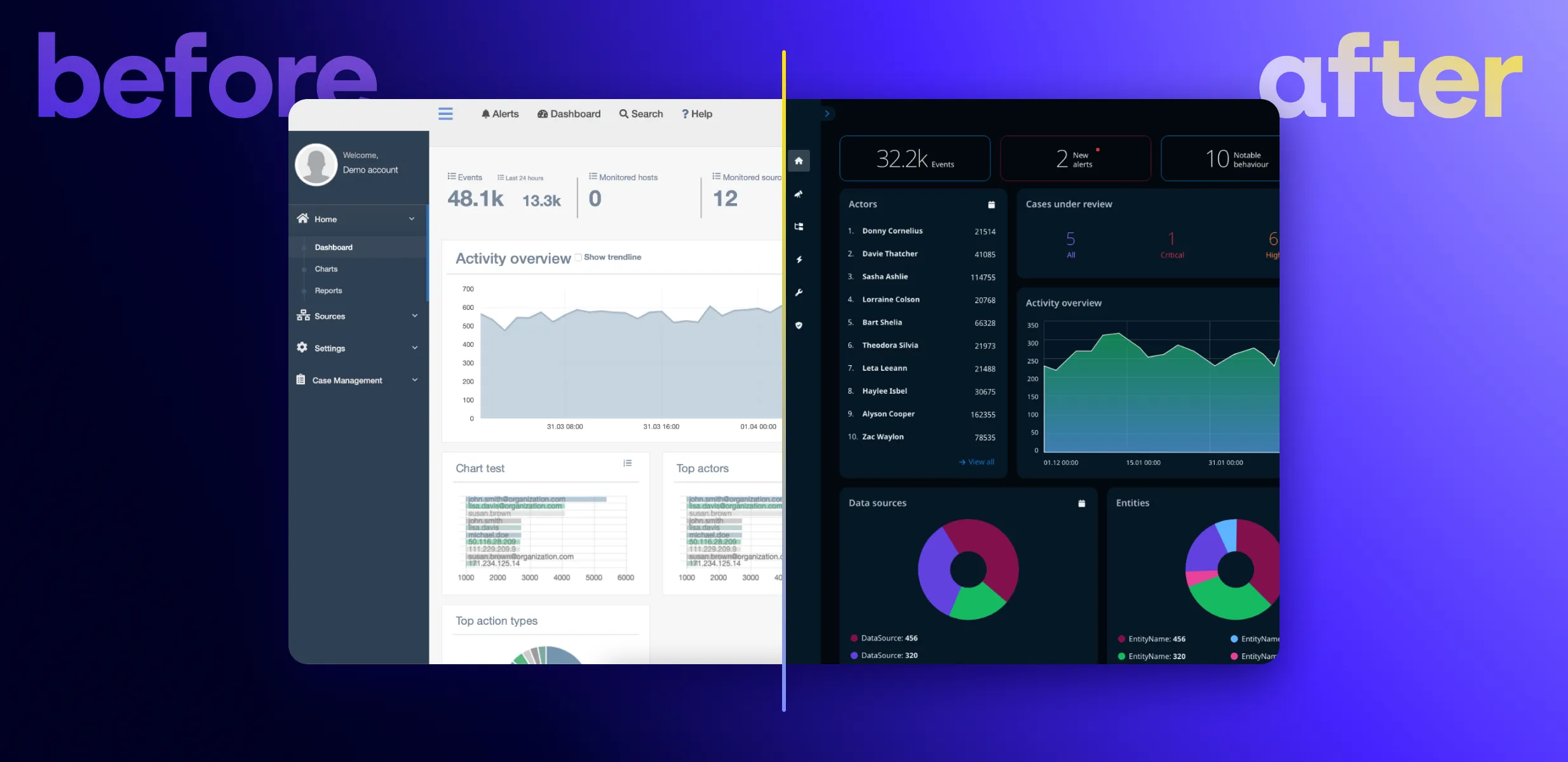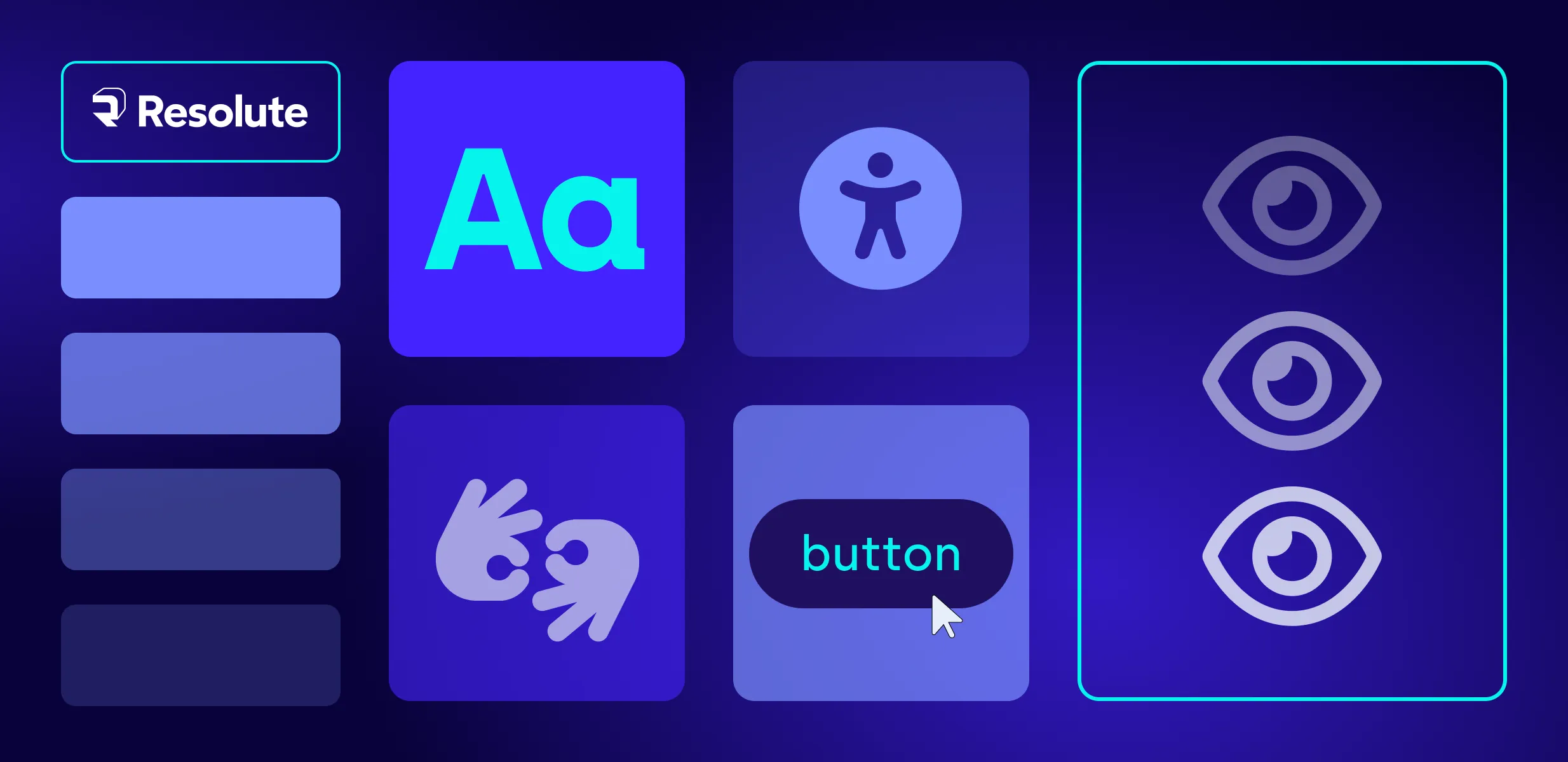
Why businesses hesitate to invest in web accessibility and why you should not

Be honest: when you think of accessible web content, who do you think it is aimed at? Chances are that images of people who are way outside your target customers come up.
If you think your users are not visually or hearing impaired, think again. Most people zoom in to read important tiny text on the screen or turn on closed captions on a video they cannot hear properly in a noisy environment. These are just a couple of examples of websites or apps that have complied with the web content accessibility guidelines and made life easier for everyone. So why are businesses still reluctant to invest in improving web accessibility?
Fear of high costs and slowing down the development process
Businesses often hesitate to invest in web accessibility due to perceived high costs associated with implementation. Many view accessibility features as an additional financial burden, especially when they are unaware of the long-term benefits.
The most common mistake that product teams make is that they don’t design it to be accessible, and, in addition, they do not insist on implementing the front-end in compliance with the WCAG (web content accessibility guidelines).
Putting any effort into improving the accessibility of a website or app that has already gone live seems like rework or additional effort spent on something already completed.
In reality, the initial time and money invested in accessibility, especially in the early stages of product development, can lead to increased user engagement, expanded market reach, and potential cost savings associated with legal compliance.
Not understanding why web content should be accessible in the first place
Although any business or product has its user persona and target customer, real-life users rarely fit the same mould. Take into account the diverse environments and situations a user can be in while interacting with your website or app, and it becomes evident that you should offer a user experience that is equally accessible for someone sitting at home on a laptop and using a mouse and someone in a crowded subway train using their smartphone with one hand.
Disability can be permanent, temporary, or situational. If one user has only one functional hand, another has a broken arm, and a third is holding their dog on a leash, all these people should be able to use one hand only to use your website or app.
Businesses should be aware that accessibility equals inclusivity, which in turn leads to improved reputation, customer loyalty, and a broader user base.
Fear of disrupting current design
Some businesses worry that integrating accessibility features into their existing websites or apps might disrupt the current design and user interface. This fear of change can hinder progress, as companies may hesitate to invest time and resources in redesigning their digital platforms.
However, with careful planning and implementation, accessibility features can be seamlessly integrated without compromising the overall design.
Legal obligations are not fully understood
While legal requirements, such as the Americans with Disabilities Act (ADA) and the European Accessibility Act 2025, mandate accessibility for certain businesses, the full extent of these obligations may not be well understood. Some companies may not be aware of the potential legal consequences of non-compliance, leading to a lack of urgency in addressing accessibility issues.
When is the best time to invest in accessibility?
Overcoming the hesitation to invest in web accessibility requires a shift in mindset and a better understanding of the long-term benefits. As a business organization, you should recognize that accessibility is not just a legal obligation but a strategic investment that positively impacts user experience, market reach, and brand reputation.
Although it is best to start with accessibility in mind, you can initiate an accessibility optimization at any time without breaking the bank or disrupting your current design. If you don’t have accessibility experts on your team, reach out to a consultant for an accessibility assessment and implementation plan.
FAQ
Investing in web accessibility can lead to increased user engagement, expanded market reach, and potential cost savings associated with legal compliance. It can also improve reputation, customer loyalty, and broaden user base by promoting inclusivity.
No, web accessibility benefits a diverse range of users, including those with permanent, temporary, or situational disabilities. Considering various user scenarios, such as someone using a smartphone in a crowded subway or navigating with one functional hand, ensures an inclusive user experience. Accessibility equals inclusivity, leading to improved reputation, customer loyalty, and a broader user base.
With careful planning and implementation, accessibility features can be seamlessly integrated into your existing design and user interface. By following the web content accessibility guidelines (WCAG), you can ensure that accessibility enhancements are incorporated without compromising the overall design.
Legal requirements, such as the Americans with Disabilities Act (ADA) and the European Accessibility Act 2025, mandate accessibility for certain businesses. Non-compliance can result in legal consequences, including fines and lawsuits. It is important to understand and meet these obligations to avoid penalties and maintain inclusivity.
While it is best to start with accessibility in mind during the early stages of product development, you can initiate an accessibility optimization at any time. This can be done without breaking the bank or disrupting your current design. If you don't have accessibility experts on your team, book a free consultation with Resolute.






